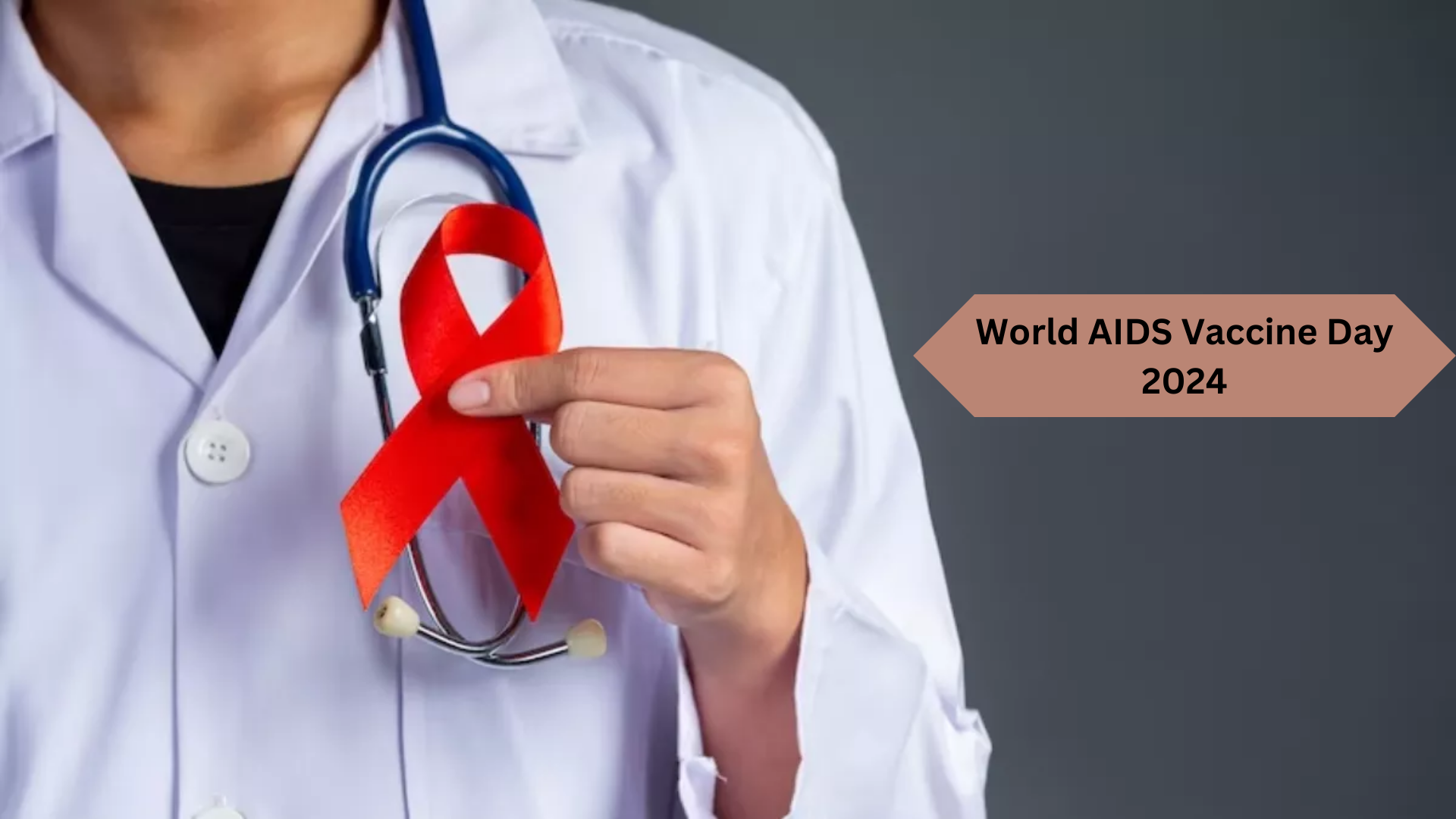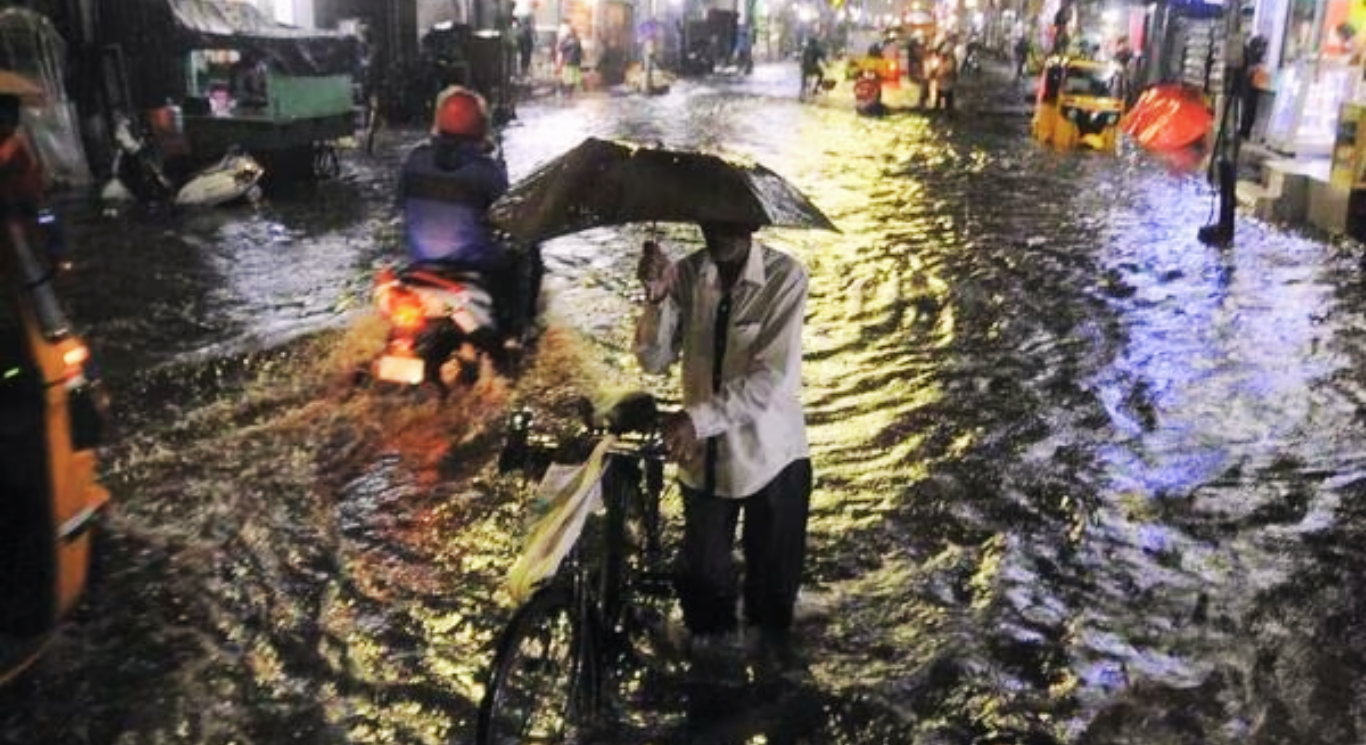










Driven by harsh winter conditions, pollution, and a post-Covid sense of complacency, influenza cases in India are on the rise each season, with symptoms becoming more severe, particularly for the elderly population.
Traditionally, the flu has been perceived as a minor health inconvenience, characterized by familiar symptoms like fever, cough, headache, body ache, and sore throat. However, healthcare professionals nationwide are now witnessing an elongated flu season with variations in symptoms and rapid relapse. In response to the escalating influenza infections, the National Centre for Disease Control (NCDC) recommended the use of the 2024 quadrivalent influenza vaccine in January 2024, offering protection against two strains of Influenza A and two of Influenza B viruses.
But what exactly is influenza? It’s a respiratory infection transmitted through droplets when an infected person coughs or sneezes. Caused by four types of viruses (A, B, C, and D), both A and B viruses circulate and cause seasonal epidemics, with type A viruses known to cause pandemics. The current surge in infections in India is attributed to strains A(H1N1)pdm09, A(H3N2), and B/Victoria lineage.
According to data from the Union Ministry of Health and Family Welfare, India recorded 5,350 cases of H1N1 and 101 deaths by the end of October 2023. States like Kerala, Maharashtra, Punjab, Tamil Nadu, and others reported a notable increase in cases and fatalities.
Although the flu typically results in upper respiratory infections with symptoms lasting for about a week, vulnerable populations, including the elderly, children, pregnant women, and those with underlying medical conditions, are at higher risk of developing severe complications such as pneumonia. However, medical experts emphasize that the virus itself isn’t becoming more aggressive; rather, external factors like extreme cold and rising pollution levels exacerbate symptoms and increase transmission rates.
The predominant subtype causing infections in recent times, H3N2, has led to longer illness durations characterized by a persistent dry cough. Despite most individuals recovering within a week, at-risk patients face the threat of developing serious complications, as seen in the 2023 outbreak where a significant percentage of patients required hospitalization and intensive care.
To mitigate the spread of the flu, adherence to pandemic protocols such as regular handwashing, covering coughs and sneezes, and avoiding crowded places is essential. Additionally, seeking medical attention within 48 hours of symptom onset and refraining from self-medication are crucial steps.
Vaccination remains one of the most effective preventive measures against influenza. The annual influenza vaccine, which protects against four strains, is recommended, particularly for high-risk individuals. Despite its efficacy in reducing severe symptoms and mortality, vaccine uptake among adults remains low, highlighting the need for greater awareness of the importance of vaccination across all age groups.









